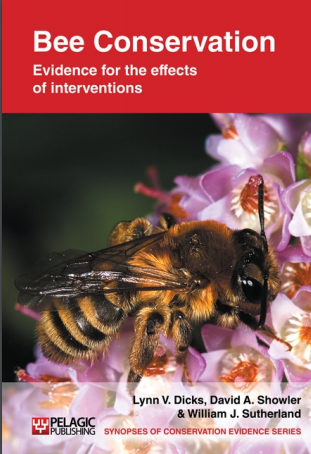Exclude introduced European earwigs from nest sites
-
Overall effectiveness category Awaiting assessment
-
Number of studies: 1
View assessment score
Hide assessment score
How is the evidence assessed?
-
Effectiveness
not assessed -
Certainty
not assessed -
Harms
not assessed
Study locations
Supporting evidence from individual studies
Thirty drilled pine wood solitary bee nest boxes were suspended from 15 valley oak trees Quercus lobata on the Cosumnes River Preserve, near Sacramento, Caifornia, USA, in 1990 (Barthell et al. 1998). The boxes each had twelve 10 cm-deep holes, 0.65 cm in diameter. Boxes were placed in pairs. One on each tree excluded crawling earwigs Forficula auricularia using the sticky barrier Tanglefoot. The treatment substantially reduced the number of earwigs found in the boxes and allowed a greater total number of bee cells (during the peak bee nesting week, there were 134 cells in boxes with Tanglefoot, 45 cells in untreated boxes). The majority of nesting bees in this study were native species of the leafcutter bee genera Megachile and Osmia although introduced species of Megachile were also present.
Study and other actions tested
Where has this evidence come from?
List of journals searched by synopsis
All the journals searched for all synopses
This Action forms part of the Action Synopsis:
Bee Conservation
Bee Conservation - Published 2010
Bee Synopsis





)_2023.JPG)














